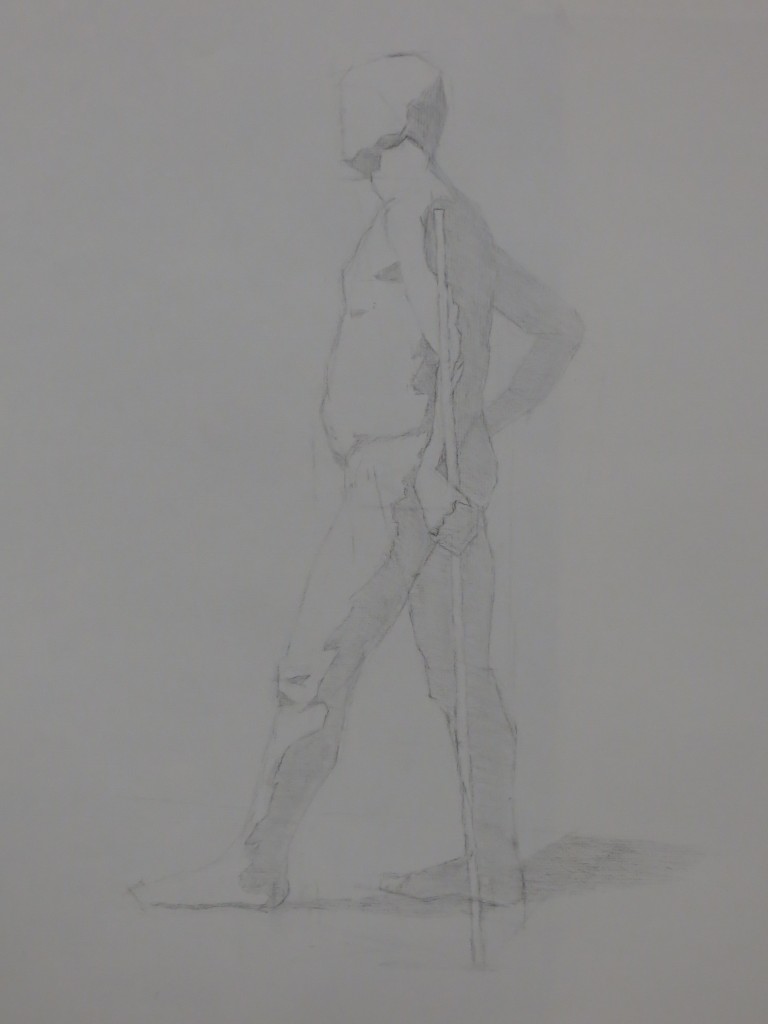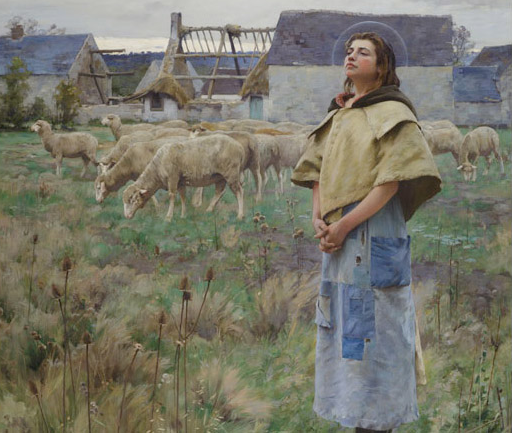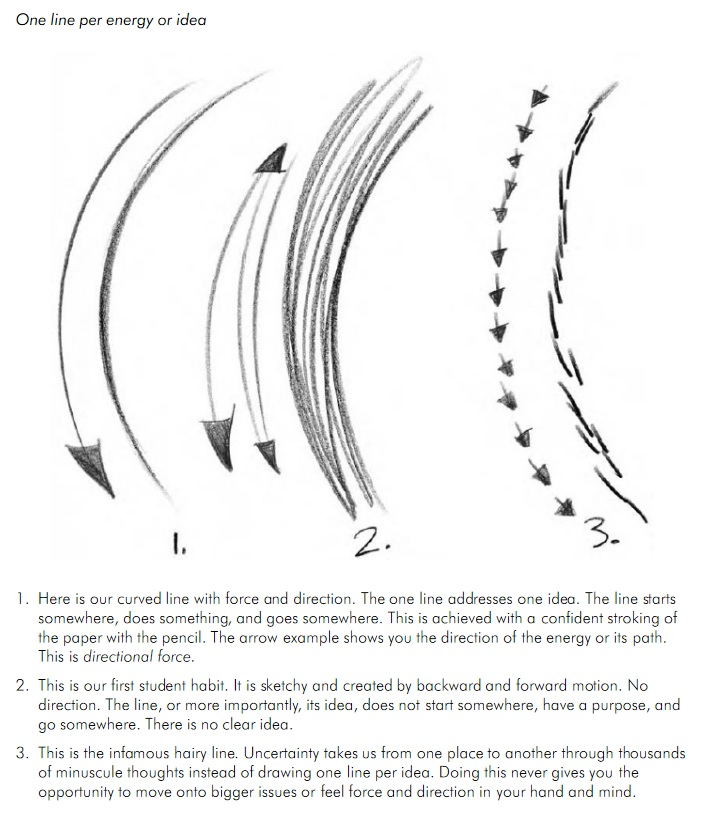Dinner this evening at the home of Gary Faigin and Pamela Beylea with students from the three ateliers. Met a bunch of great people as we watched the sun set over Ballard and lifted our glasses to Canadian Thanksgiving and spied on the neighbor’s Mooncake Festival. Food was fantastic – I need to get the recipe for the lemon-almond cake which was to die for. Got to see a bunch of Gary’s art up close and learned many times over how much I still have to learn. I drove home deep in contemplation of what art means to me today and what it could mean in the future. I know I need to spend lots more time making art.
Fun fact from the evening: Samuel Morse, the inventor of the telegraph, was actually an accomplished artist, who was trained in Europe, but left art to become an inventor.



